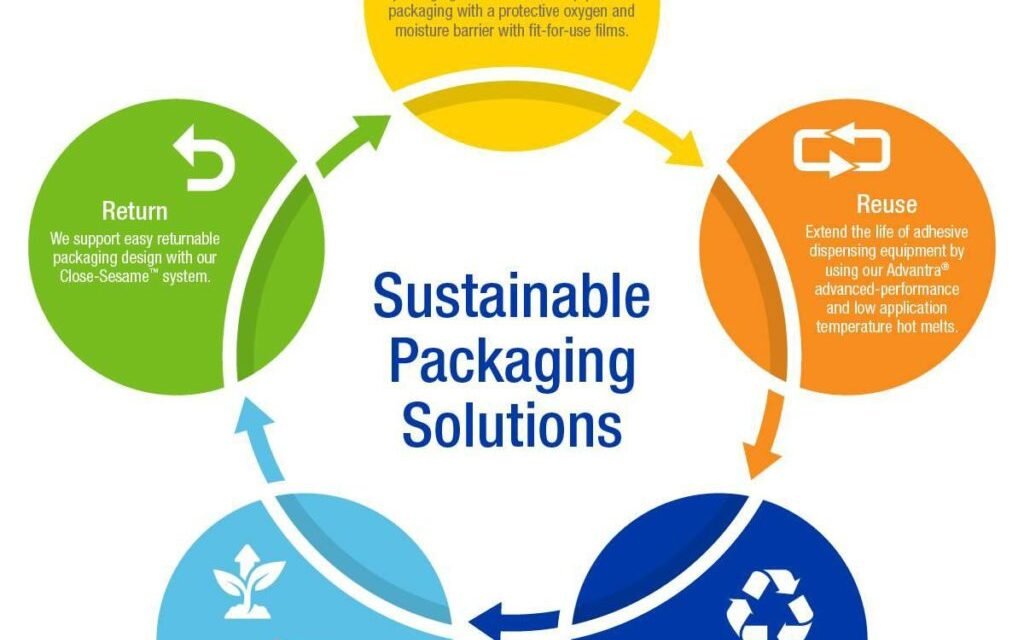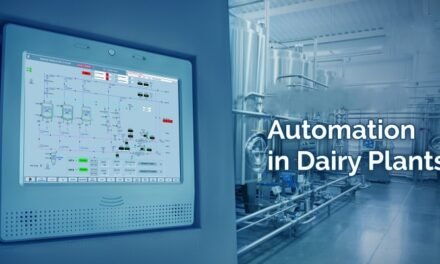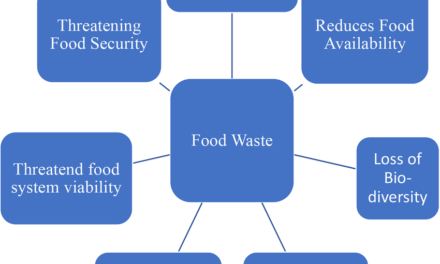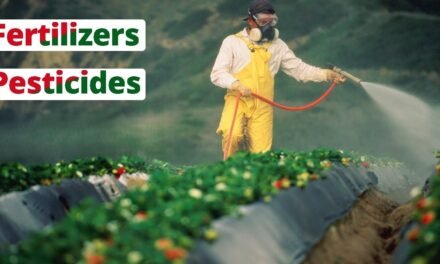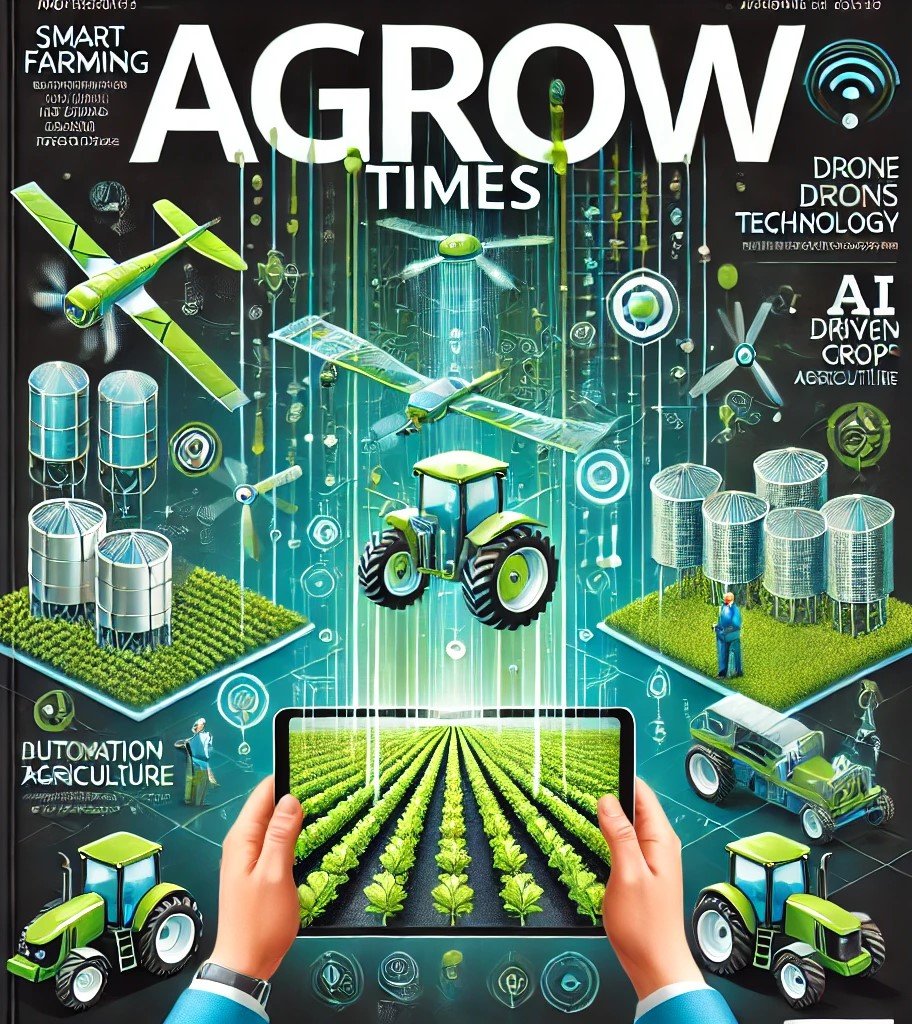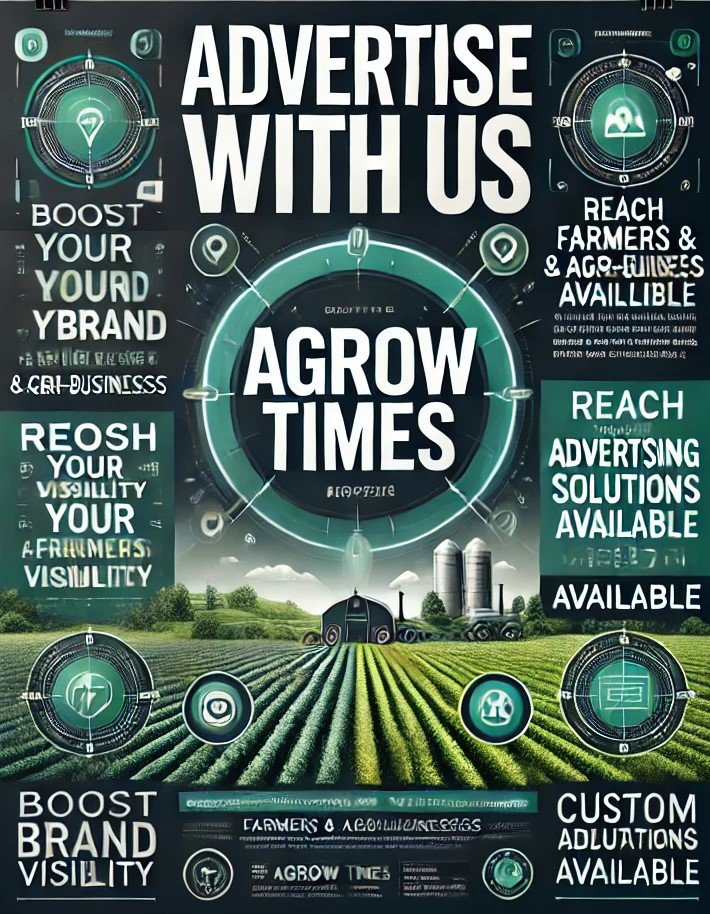Sustainable packaging solutions for food products focus on reducing environmental impact by using eco-friendly materials, minimizing waste, and optimizing resource efficiency. Here are the most effective and sustainable options available:
1. Biodegradable and Compostable Packaging
- Description: Made from natural materials that break down into organic matter under composting conditions.
- Examples:
- Plant-Based Plastics: Polylactic acid (PLA) derived from corn or sugarcane for rigid containers and wraps.
- Compostable Films: Used for snacks or produce packaging.
- Molded Fiber: Replaces styrofoam trays for fresh produce or meat.
- Benefits:
- Reduces landfill waste.
- Suitable for industrial or home composting systems.
2. Recycled and Recyclable Materials
- Description: Packaging made from recycled content and designed to be recycled again.
- Examples:
- Recycled Paperboard: Common for cereal boxes and secondary packaging.
- Recycled PET (rPET): Used for beverage bottles and trays.
- Aluminum Cans: Infinitely recyclable and energy-efficient.
- Benefits:
- Reduces reliance on virgin materials.
- Creates a circular economy for packaging.
3. Edible Packaging
- Description: Packaging made from food-grade materials that can be consumed.
- Examples:
- Seaweed-based wraps for sandwiches or snacks.
- Edible films made from starch, gelatin, or pectin for candies and other dry products.
- Benefits:
- Completely eliminates waste.
- Enhances product novelty and appeal.
4. Minimalist Packaging
- Description: Reduces packaging materials to the bare minimum while ensuring product protection.
- Examples:
- Shrink wraps instead of rigid boxes for bundled products.
- Single-layer pouches for dry or frozen goods.
- Benefits:
- Reduces material usage and production energy.
- Simplifies recycling processes.
5. Plant-Based and Renewable Materials
- Description: Derived from renewable resources such as plants, offering an alternative to petroleum-based plastics.
- Examples:
- Bamboo for trays, plates, and containers.
- Palm leaves or banana leaves for fresh produce packaging.
- Paper or cardboard sourced from FSC-certified forests.
- Benefits:
- Renewable and biodegradable.
- Often aesthetically appealing and consumer-friendly.
6. Smart Packaging Technologies
- Description: Incorporates technologies that extend shelf life, reduce food waste, or enhance sustainability.
- Examples:
- Oxygen scavengers in flexible packaging to keep food fresh longer.
- Water-soluble pods for single-serve food or beverage portions.
- QR codes to provide recycling instructions or sustainability credentials.
- Benefits:
- Reduces food waste through freshness monitoring.
- Educates consumers on proper disposal methods.
7. Reusable Packaging
- Description: Durable containers designed for multiple uses.
- Examples:
- Glass jars or stainless steel tins for bulk food or beverages.
- Reusable pouches with zippers for snacks or produce.
- Loop systems that allow consumers to return packaging for reuse.
- Benefits:
- Reduces single-use waste.
- Promotes a circular economy.
8. Water-Soluble Packaging
- Description: Packaging that dissolves in water, leaving no waste.
- Examples:
- PVOH (polyvinyl alcohol) wraps for single-serve portions of soups or sauces.
- Benefits:
- Completely eliminates physical waste.
- Ideal for single-use or pre-measured applications.
9. Flexible Packaging
- Description: Lightweight, thin materials used for products like chips, frozen foods, or powdered goods.
- Examples:
- Monomaterial films are easier to recycle.
- Paper-based flexible pouches with water-resistant coatings.
- Benefits:
- Reduces transportation emissions due to lower weight.
- Uses less material compared to rigid packaging.
10. Glass Packaging
- Description: Highly durable, inert, and endlessly recyclable.
- Examples:
- Jars for sauces, jams, or pickled products.
- Bottles for beverages.
- Benefits:
- Does not leach chemicals into food.
- Retains quality through multiple recycling cycles.
11. Aluminum Packaging
- Description: Lightweight, corrosion-resistant, and recyclable material for cans and trays.
- Examples:
- Beverage cans, meal trays, or foil wraps.
- Benefits:
- High recycling rates and low energy usage in production.
- Protects food effectively from light and air.
12. Innovations in Coatings and Linings
- Description: Sustainable alternatives to plastic coatings in food packaging.
- Examples:
- Bio-based coatings for paper cups and trays.
- Plant-based waxes for produce or cardboard boxes.
- Benefits:
- Makes traditionally non-recyclable packaging more sustainable.
- Increases the recyclability of fiber-based products.
13. Transparent Sustainability Certifications
- Description: Packaging labeled with eco-certifications to inform consumers of its sustainability.
- Examples:
- Cradle to Cradle (C2C) certification for materials with minimal environmental impact.
- FSC (Forest Stewardship Council) labels for paper-based packaging.
- Benefits:
- Builds consumer trust and drives informed choices.
- Encourages brands to adopt sustainable practices.
Challenges in Adopting Sustainable Packaging
- Cost: Eco-friendly materials often come at a higher price point.
- Scalability: Limited availability of advanced materials can hinder widespread adoption.
- Consumer Education: Proper disposal of biodegradable or recyclable packaging requires awareness.
- Regulatory Compliance: Packaging must meet food safety and durability standards while being sustainable.
Conclusion
Sustainable packaging solutions are reshaping the food industry, driven by consumer demand, regulatory requirements, and environmental urgency. By leveraging innovative materials and practices, manufacturers can significantly reduce their ecological footprint while enhancing product appeal and meeting sustainability goals.
Hashtags
#ReduceReuseRecycle #SustainableChoices #EcoPackaging #GreenPackaging #SustainableSolutions #EcoFriendlyLiving #SustainableEating #EcoPackagingSolutions #SustainableBusiness #EcoFriendlyProducts #SustainablePackagingDesign #EcoFriendlyLiving #SustainableFuture #EcoPackagingRevolution #SustainableConsumption #EcoFriendlyAlternatives #SustainableMaterials #EcoPackagingInnovation #SustainablePackagingSolutions #EcoFriendlyPackagingOptions

